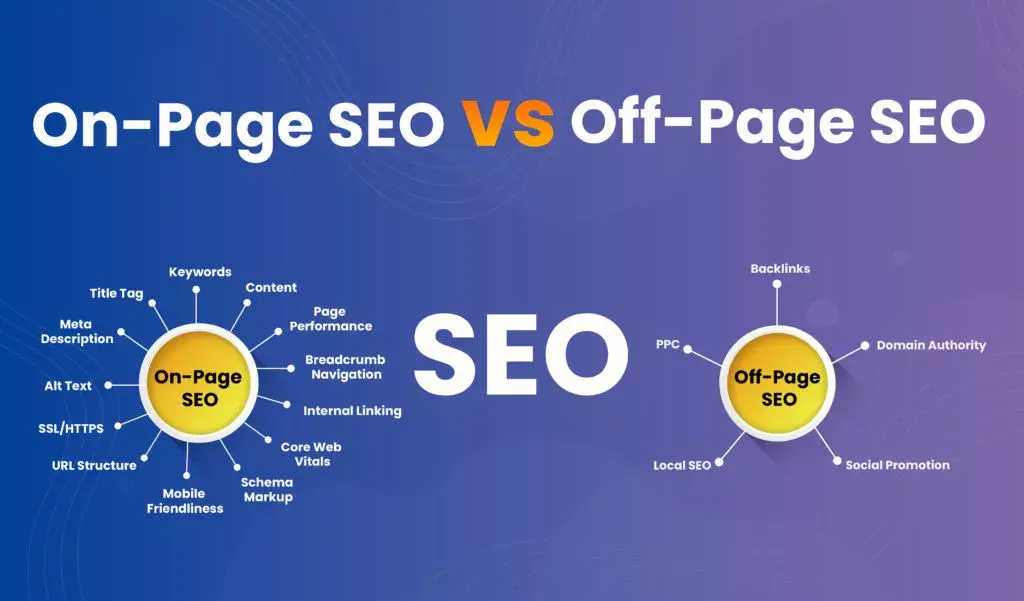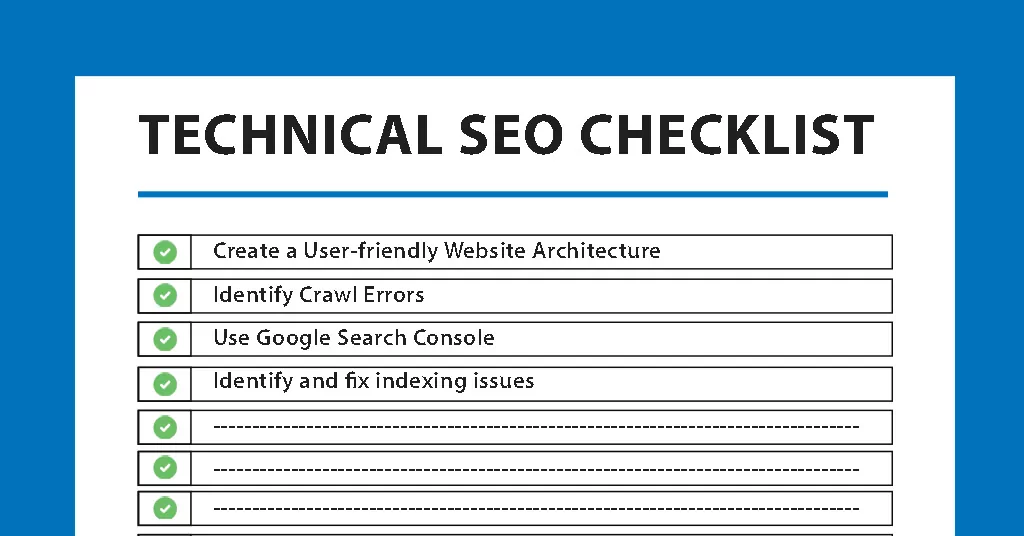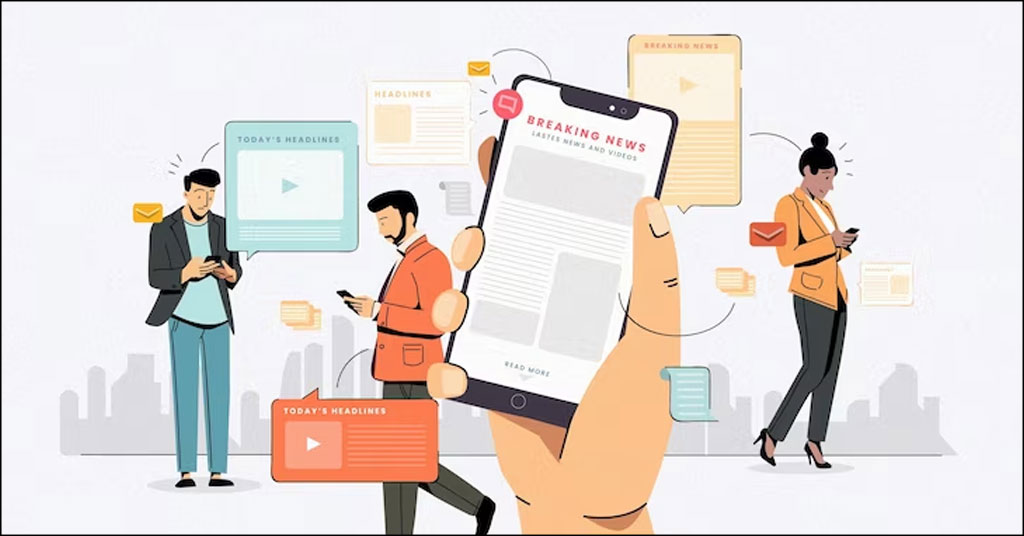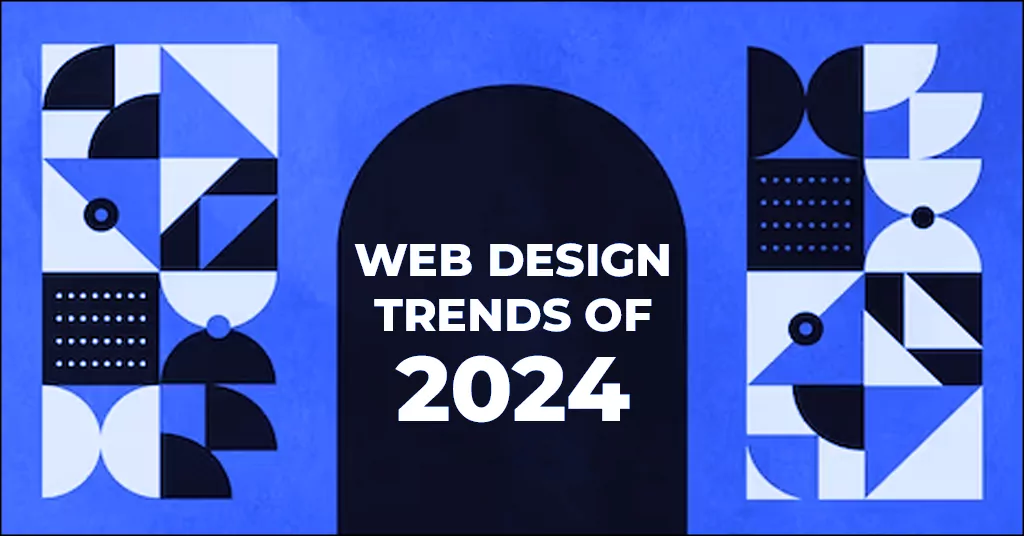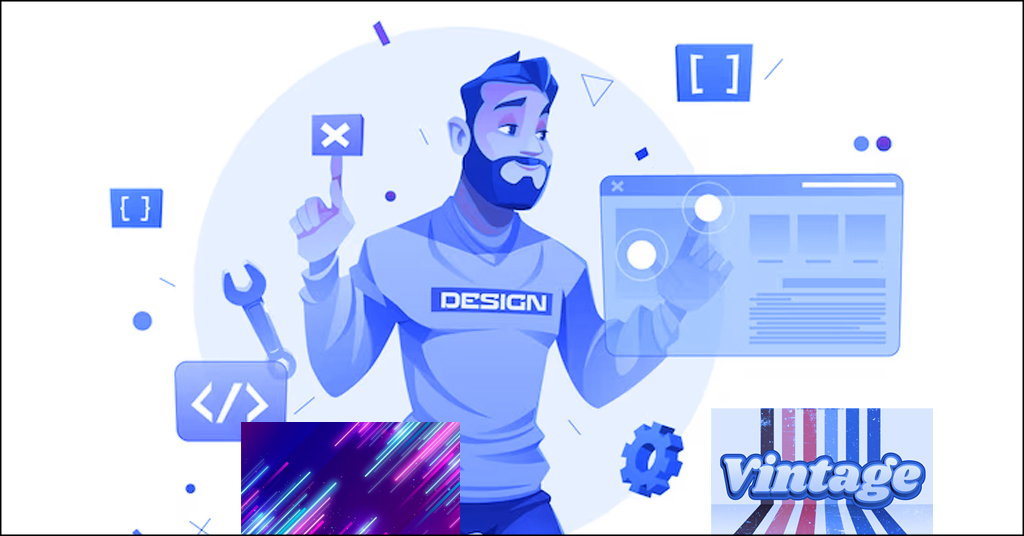What is the app development process?
Table of contents
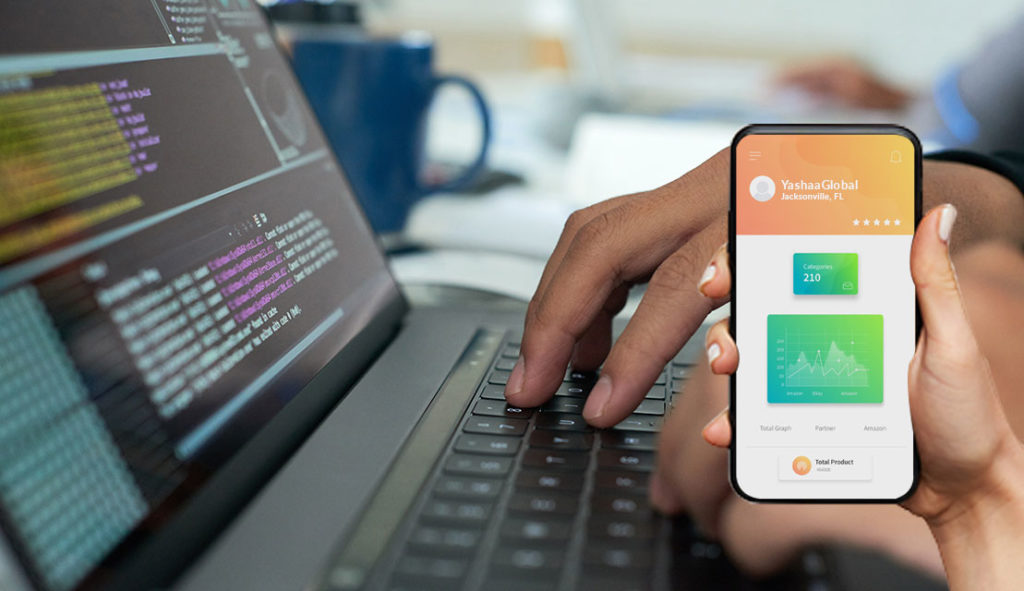
A tremendous rise in mobile users has hyped the importance of developing an app for businesses for their expansion and growth. Thousands of apps are published on the Google play store and Apple app store on a daily basis. Each app is different and methodologies always keep evolving, this blog includes a fairly standard process of developing an app.
When you opt for app development many questions pop into your mind like how does the app development process look like? What are the stages of app development? How to start the developing process for application? This article is a step-by-step guide to addressing all of these questions.
Developing an app is basically a complex process, it includes various steps like idea generation, market research, app design, app development, testing, and QA, deploying, and maintenance. So, let us dive into these steps:
Idea generation
All great things begin with great ideas. That’s been said a great app requires a great idea. The first step to begin with the app development process is to generate an idea. If you don’t have an app idea, the best way to start is to ask yourself what objectives you want to reach and how will the app help you to do so.
Try to approach things in terms of problems and potential solutions way. Train your brain to instinctively ask questions like “Why are we doing these things?” or “What problems need to be addressed?”
If you have already identified a problem or market inefficiency, you are already halfway to coming up with an idea. The next step is to understand that why does this problem exist and why hasn’t anybody yet been addressed it. Immerse yourself as much as possible in the problem to get a good grasp of it.
Getting a good grasp of the problem can help you think of how a mobile app can solve this problem and arrive at a good idea.
Market Research
Once the idea is generated, proper market research is essential to check the feasibility of the project. Market research can also help you give new ideas but moreover, it provides a list of requirements needed to fix the scope of your app project.
The following points are considered for proper market research
- Finding your target audience and knowing what they need.
- Verifying whether the app objective solves the user’s query in an efficient way.
- Identifying the app’s unique selling points.
- Analyzing the competitor’s app and features included in it.
- Selecting the platforms according to which the app is going to be developed.
- Finding out app development allocation in terms of time, effort, and money.
App design
After completely analyzing and strategizing the app development project, the process of designing can begin. User interface and user experience are the two most essential factors considered while designing an app. Designers are responsible for the overall look of the app that includes color scheme, font selection, types of buttons, and widgets that users will use.
This step includes the following aspects for designing an app.
- Technology architecture
Technology architecture includes the details about the platform and defines how the app fits within the platform. The selection of buttons and fonts as well as the placement of the UI object varies on different platforms. So, developing an app according to the platform helps it behave in a way that is familiar to the users when they download it on their device.
- Information architecture
Information architecture is the framework where the data, interface, and functionality of the app are specified. Information architecture isn’t visible to the users but it the backbone of the app design. It helps to create an experience that allows the user to focus on their tasks.
- Wireframes
User interface design is termed as a wireframe in the app development process. Wireframes decide how the user will interact and navigate with the app. It provides the key elements of UI such as field, button, icons, layout, etc. as well as portrays the major details such as the size of elements and their placement. Wireframes primarily focus on details, layout, user experience, and aesthetics. You can read more about how to create wireframe for mobile app development and web app development.
- Style guide
Style guide usually provides the details of various app functions that help in developing a high-quality app. UI frames, UI elements standardization, and consistency, end to end experience, uniqueness of the app, are some of the features contributed and achieved by style guides.
- Mockups and prototypes
Once the work of wireframes is done and shared with the development team for approval, mockups and prototypes can be created. The mockup is actually the process of making the app’s visual design. Mockups demonstrate the way an app functions rather than the logic and intelligence of the app.
While mockups are dummy runs of the app, the prototype act as the demo version of the app. It provides the real feeling of the app. Prototypes usually help in understanding the visual interface, app’s flow of work, and user experience.
Development
When the app design is ready, the development process begins. It is basically divided into three parts viz. back-end development, application programming interface, and front-end development.
Back-end development is related to the server-side objects. It is the process where the mobile application is prepared in a way to work as it was intended to. Moreover, it is responsible for data storage, security, and business logic.
APIs help interconnects the app to the back-end as well as with the OS components and existing software tools used by the business.
Front-end development refers to what the end-users interact with and providing a good user experience.
Testing and QA
The next important stage is testing the app in the app development process. It allows you to decide the quality of the app and lets you know whether your app is good or bad. Testing the app helps to understand the defects of the app and resolve them.
There are various types of app testing namely functionality testing which is done to assure that the functional requirements listed in the discovery phase are met. The next is performance testing which helps to establish the performance capabilities like average connection time, touch response, and similar parameters.
When all the problems are resolved and the app meets all the requirements, the testing phase is completed.
Deployment
After the app is developed then comes the launching stage. It is the beginning of the market phase of the app. This stage requires the deployment of the app’s backend before launching it on the app stores. The app can be launched in the app stores like Google play store for Android apps and Apple app store for iOS apps as a beta version for user feedback. But it requires some preparation of metadata like the app’s title, description, category, keywords, and launch icon before publishing it.
The app needs to meet the specific guidelines of respective app stores before listing it. It goes through a review process in the Apple App store whereas there isn’t any review process for Android apps. After the app’s launch, its usage is monitored through mobile analytics platform and its success is measured by tracking its Key Performance Indicators (KPIs).
Maintenance
This is the last but ongoing stage of the app development process because as technology advances every app requires technological updates. Maintenance is not just about fixing the defects or correcting faults of the app but also about altering it to improve its performance. This is crucial due to the evolving customer expectations for its sustainability and competitiveness.
In this stage, the app is frequently modified with new strategies to fit to survive in an existing market and meet the wavering needs of users. It begins with a thorough study of the current market and the existing app for identifying the areas of improvement. This process assures the enhanced user experience, reduced downtime, great ROI, and most importantly minimized uninstalls.
Also check: What are the 5 steps for app development
The app development process, if done in the right manner proves to be extremely rewarding. It helps you improve your user engagement, gain new users, establish business credibility as well as build brand loyalty. But developing an app proves to be quite an immense and tedious process. So, to ease your work, you can always approach the app development experts or best app development agencies, who can help you in succeeding your business by developing an amazing app for your business.
We hope that this information about the app development process will help you to select the best company for your project. To know which agency will best fit your requirements, keep reading: What questions should I ask an app developer.
If you are looking for app development services in Jacksonville, you can search phrases like App development Jacksonville services on Google and go for the company that fulfills your requirements.

